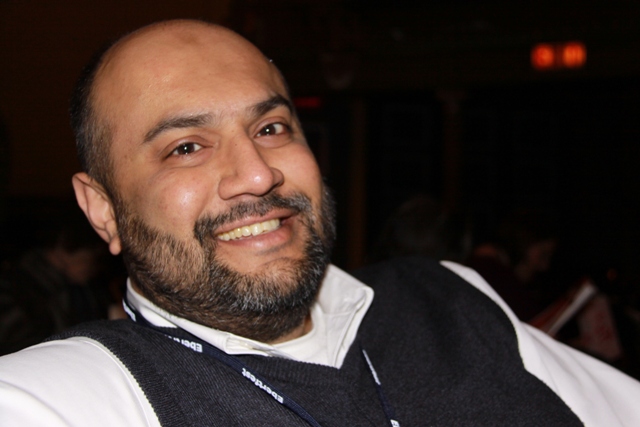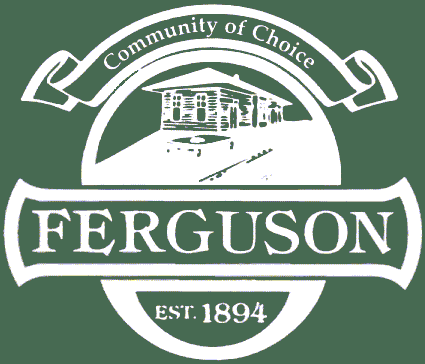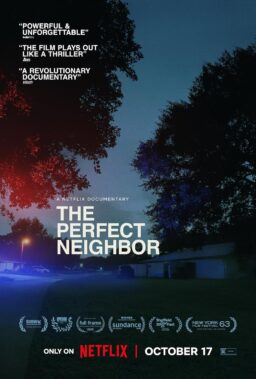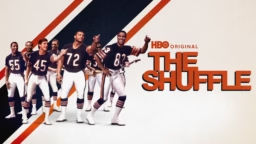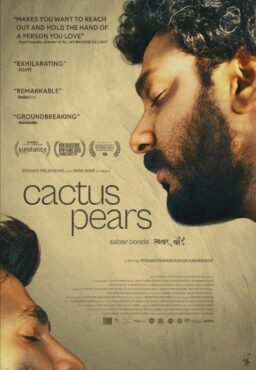Something is different. I’ve been staring at the footage of
Michael Brown’s body, lying there in the middle of the Ferguson, Missouri
street. I’ve spent hours talking to local residents, activists, and law
enforcement. I’ve watched the clips, studied the reports, read the analyses
about race and power. I wonder what has changed. We’ve been through this before: a killing, an audio-video clip, a media
flurry, protests, riots, accusations/counter-accusations, obsequious
politicians, waning interest, repeat cycle. But something is different. Every person I spoke to said the same
thing: this is the beginning of
something big.
Another young black man leaves us as a fleeting memory. We would never have known Michael Brown’s
name, known any of his dreams, now deferred, but for what transpired in the
final ten minutes of his teenage life. And for those ten minutes, he joins a dark list—a Blacklist—first
made for Emmett Till, but filled with many young men. Trayvon. Oscar. Troy.
Amadou. Eric Garner. Sean Bell. There
are so many names that I had to ask friends to remind me. We’ve been through this cycle so many times.
We’ve seen both sentiments in response to the murders. Two
very distinct opinions: the Third World America vs. Atlas Shrugged. Most fascinating about the two sides is their
opposition to government.
Take almost any Dystopian film about a future America or
almost any American film about any so-called Third World country, and the
images are almost identical. Crowded housing. Economic disparity. Garbage.
Scarce nourishments. Few luxuries and many vices. Thugs in uniforms (wearing
either badges or bandanas) imposing vengeance and brutality under the illusion
of justice. For many, that Third World
stereotype, that Dystopian future, is the American urban present day. That is,
frankly, how Hollywood often depicts the inner city anyways. The Third World country, by the way, is never
White.
As a mentor to some Chicago Public School mothers, I am
privy to a unique fear. So many of these
women of color nurture their young boys with a type of loving, despondent
sternness: raising them to be men, steering them to walk the footsteps of the
great predecessors, while fearing that they will be gunned down before getting
the chance to do so. A father once came
to me for help with his 18-year-old; what turned out is that nobody in the
family knew how to grieve over the murder of his other son, when mistaken for a
rival gang member, a year earlier—shot twenty times—in front of their
house, in front of them. He didn’t even
think to mention it. It is a style of
parenting I’ve seen among survivors of war and genocide: everything is the same
as it is for every other parent, except that these parents are always conscious
about the disease that hovers around their children. I am speaking of mothers trying to protect
their children from a deadly plague, of which the germs are bullets. Bullets do not grow on trees; they are
manufactured. These are not parasites
seeking a quick dollar for tobacco and Angel Dust. Rather, they are a
dignified families getting crushed by a government machine that perpetuates an
impossible domestic life, yet funds X numbers of wars overseas.
On the flipside, there is the contrary view, seeing this
event as a phony controversy over an unfortunate killing, especially when
expressed through another camera: the surveillance video of the convenience
store. A man with the same khaki shorts,
t-shirt and physique as Michael Brown pushes the store owner as he
leaves. In between the surveillance
footage and the clip of his body, there is the void that will take weeks or
months to completely fill. The police
report mentions Brown allegedly stealing Swisher Sweets Cigars. A St. Louis law enforcement agent told me
that these cigars are used with PCP. Though it was not yet available in any of the reports I read, Brown and
the officer were in some sort of physical altercation. Moments later, following procedure, the
officer unloads his bullets into Brown. Death is not a punishment for stealing a pack of stogies, but will
definitely be the result if someone—sober or stoned—wrestles with a
cop. Well, definitely if you’re a poor black kid in St. Louis.
Those of this second view do not have kind words to say
about the government. Politicians, bound
by community demands, impose themselves on Police administrators, resulting in
officers who have to work with minimal physical or legal protection against
criminals. Simply put, there are parts
of St. Louis city, and St. Louis County that cops now refuse to patrol, because
they do not want to get censured or killed for even minimal work in the line of
duty. Like Atlas holding the earth on
his shoulders, he is stuck, while the financial elite have skipped town to
escape excessive regulations.
But, the two opposing views do not end here, because the
first begets protests, and the second sees riots. And, here we see the differences compared to
the cycles of the past.
Numerous coalitions are already in place in Brown’s
neighborhood, to improve quality of life. With his murder, however, they launched nonviolent, organized
protests. I asked what is different
about Brown’s murder, compared to every other murder for the past few
decades. The answer: now people are ready
to die if they have to. When we see
similar consciousness overseas, death is not a hope, not as a plan of any
sorts, but a final resort. People are
still pushing forward in disciplined peaceful protest and will do so for the
foreseeable future to reach the quality of life they deserve, but they are
ready to pay the final price if they have to, for they have nothing left to
lose.
And again, there is the other image: riots of gangs and looters. The very first thing a law enforcement agent
told me was that we are witnessing the start
of the problem, that this crowd is not afraid of them in the neighborhoods they
actually do patrol. The crowd fights
them physically as well as with lethal weapons (he rattles off a series of gun
names, and the only ones I recognized were AK-47s and Uzis) on a regular
basis. Their vests cannot protect them
against these firearms, so the officers have to give way to other
troopers. To complicate matters, among
the gang members are Veterans: among our
soldiers overseas are gang members (including White Supremacist gangs, not just
Bloods and Crips) who return from Iraq and Afghanistan and teach their comrades
military techniques, which they use. So,
law enforcement responded to the military grade assault with military grade
response, which we saw in many pictures.
It almost feels as though many people are waiting for that
final straw to present itself. Some told
me that the bullet that killed Michael Brown was that straw. In any case, I think about the quarter
century that has passed from “Do the Right Thing” to “The Interrupters” and
“Fruitvale Station.” Young Black men continue to die. The Civil Rights movement launched a series
of events that eventually put an African American family in the White
House. Yet, statistically speaking, the
future of the African American male in terms of education and that pipeline to
incarceration, seems to yield nothing but an annihilation. Speaking plainly as a Muslim who is himself
so often hit with existential threat that it’s been my “norm,” speaking about
African American men: that is not supposed to happen here.
And what of the religious thinkers in the Civil Rights
movement. I reflect that mine is the religion of Malcolm X; he is one of the
first filters through whom I understood my Islam. Through Martin Luther King and his own
brilliance, I also developed appreciation for Reinhold Neibuhr and Abraham
Joshua Heschel: perhaps two of the most
important American religious thinkers, Christian and Jewish, of the 20th
Century, who were critical of American tyranny. Meaning, everyone was and is
concerned.
Still, a colleague once reminded me that regardless of who
may have sent them, Malcolm taught “Love your self” and was killed by his own
kind. King taught “Love your enemy” and was killed by an enemy. So, looking at
that body lying there in the middle of the street, I wonder about those
perpetually deferred dreams of those theologians, those civil rights
leaders and those dignified mothers. When Langston Hughes spoke of Harlem, he asked:
What happens to a
dream deferred?
Does it dry up
like a raisin in the sun?
Or fester like a sore—
And then run?
Does it stink like rotten meat?
Or crust and sugar over—
like a syrupy sweet?
Maybe it just sags
like a heavy load.
Or does it explode?
